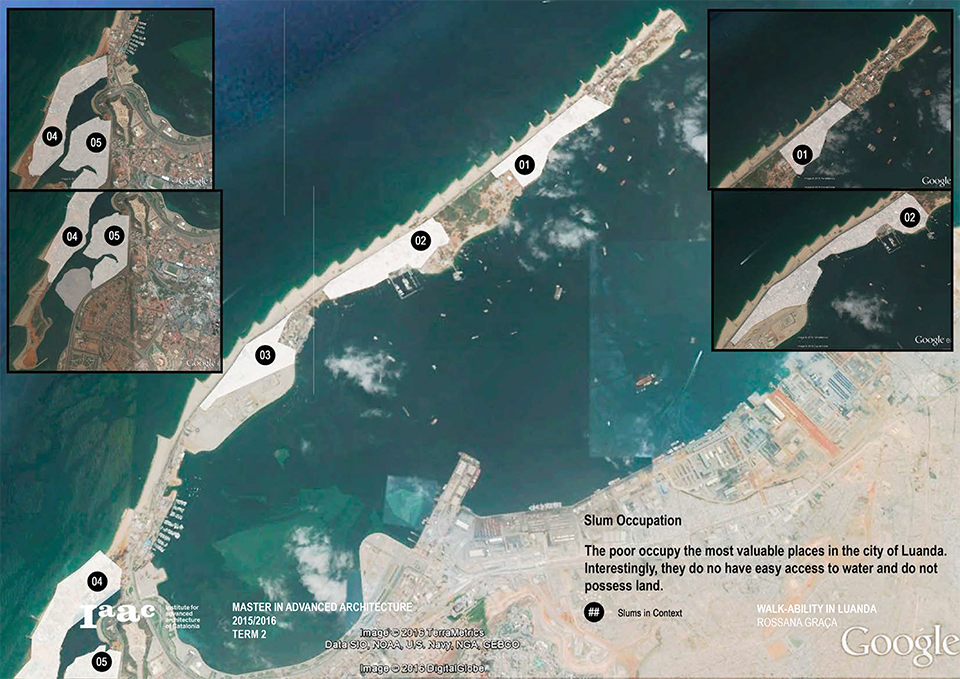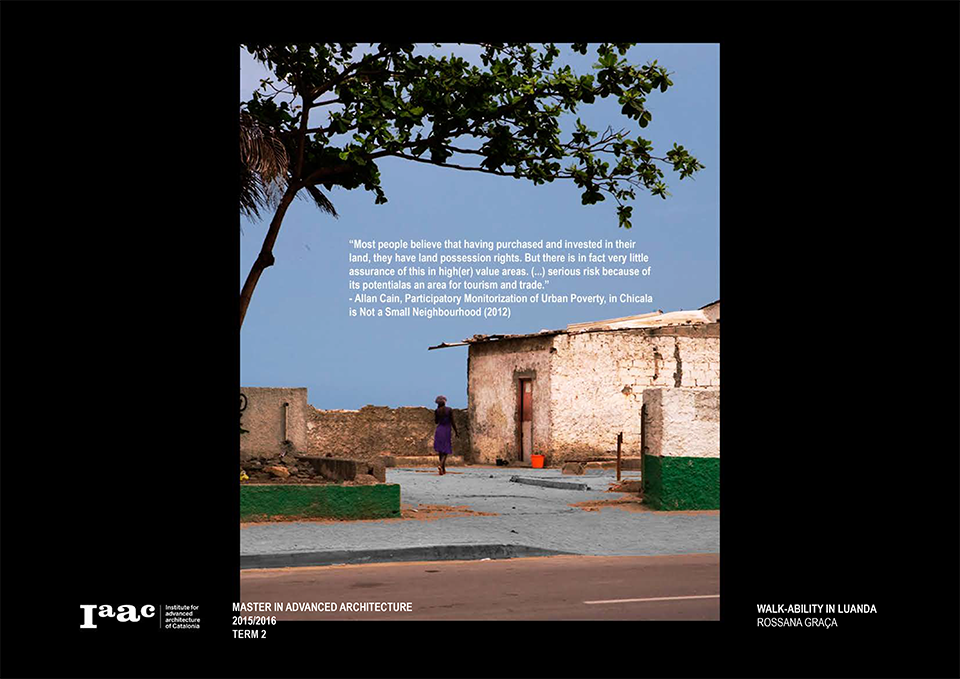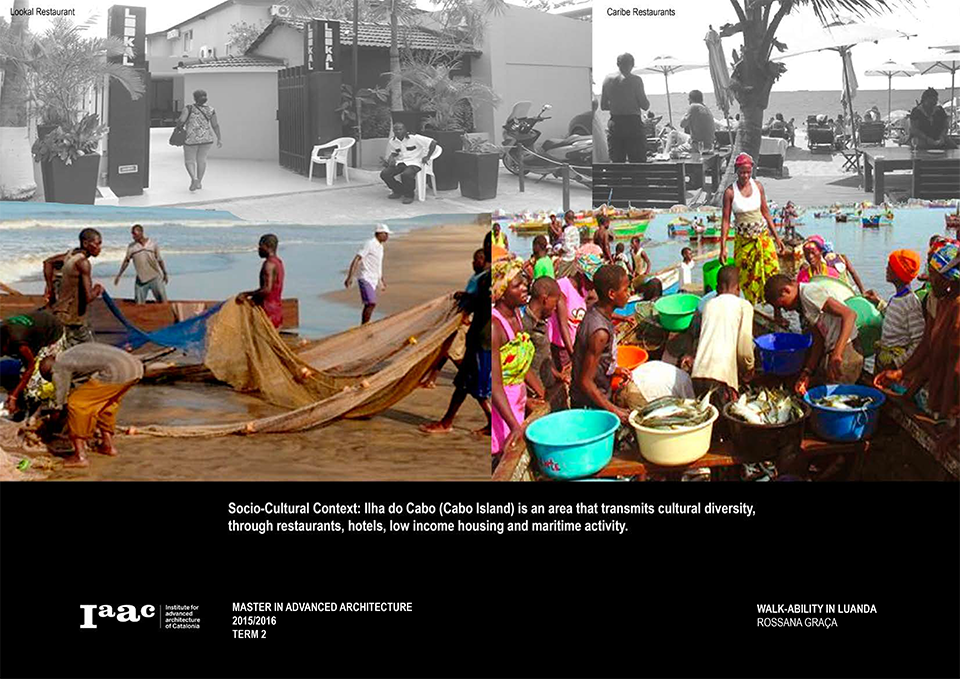
Architects are essentially the main intervening actor of the built landscape, thus outlining how the city should be used. Whatever the circumstance projects should respond to culture, habits, customs, and citizen’s needs. Architecture ends up being a social art.

Cabo Island is a neighborhood district in Luanda (Angola), one of many where its urban framework is a boiling pot. It has a population size of twenty thousand and seventy-five inhabitants*, out of the two million one hundred thousand and six hundred and forty-eight inhabitants* in the urban Luanda area.






These spaces shape the (remodeled) public space along the bay of Avenida 4 de Fevereiro.
Luanda has a very contemporary aesthetic comparable to many global megacities and enjoys a pleasant landscape. Cabo Island is comprised of many activities pertaining to tourism. Some can even refer to it as a hedonistic playground. With views like these one can only imagine the extravagant possibilities!
But here’s the thing, Luanda also has its fair share of slums, which is musseque in the native language, kimbundu. In these self-built neighborhoods (musseques) reside the lower working class, of the informal economy. Despite often being ignored, or dismissed they too can benefit the city’s functionality and economy. And displacing them might not have as many advantages as we think.



These two sides (poor and rich) should be better integrated because this is at the very core of what a city is made of.





This research is concerned with the manner that access to free water only benefits the rich. They can afford piped service water, meanwhile the poor working class is basically a lost cause!

Allan Cain sums up the values of wellbeing, which can also be considered poverty indicators. They are population density, land ownership, level of proper sanitation and housing quality.
The strategy proposes to correct or remedy the lack of public space, lack of water supply, and the lack of sanitation facilities. At the same time, it proposes collective habitats which are connected to the internal streets and extending it towards each of the dwellings’ familiar, domestic interior.


WALK-ABILITY IN CABO ISLAND – INFORMAL TERRITORIES is a project of IaaC, Institute for Advanced Architecture of Catalonia developed at Master in Advanced Architecture Individual Thesis in 2016 by:
Student: Rossana Graça
Faculty: Vicente Guallart, Ruxandra Iancu Bratosin